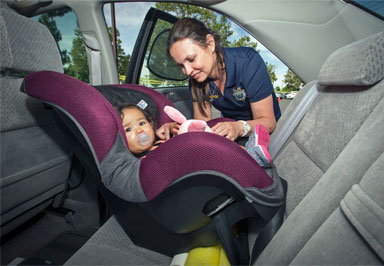
Share On Social!
There is no doubt people are zealous about children’s safety; we are zealous about children’s health.
What if these two groups of enthusiasts worked together?
They would reduce time spent riding in a car:
- To reduce unintentional injury and death due to motor vehicle crashes; and
- To increase time spent walking and biking to reduce obesity, heart disease, and diabetes.
Motor vehicle traffic crashes are the leading cause of unintentional injury deaths for children age 5 through young adults age 24 and the second leading cause of unintentional injury deaths for children ages 1-4, after drowning. Keep in mind, this is with the latest advancements in child safety seats.
Latinos, in particular, face disparities in traffic injury and death, as well as obesity, heart disease, and diabetes.
In his Strong Towns blog, Do We Really Care About Children, Charles Marohn, a Professional Engineer, questions if it is worth it for cities to spend millions making vehicle trips fast and easy-when they are the leading cause of death in children:
- If we are serious about wanting what is best for kids, shouldn’t we be doing everything we can to reduce the number of auto trips people are required to take each day?
- When people do take trips, shouldn’t our top priority be reducing the travel speeds on local streets?
- Once outside of the local street network, shouldn’t our top priority be the removal of the greatest source of accidents – intersections – so traffic can flow smoothly?
“The best thing we can do for the safety of our children is to get them out of the car by building mixed-use, walkable neighborhoods,” Marohn wrote.
Walkable neighborhoods are critical to increase kid’s physical activity, reduce their risk for obesity, heart disease, and diabetes, and improve their social and cognitive development. Walkable cities encourage people to walk, bike, and roll more, which is associated with a decrease in crime, pollution, and traffic, as well as an increase in worker productivity, school performance, property values, and overall health.
Check out these inforgaphics about the numerous benefits of walking and why we need to design our cities to be more walkable.
Although people may approach children’s health and safety from different points of view, ultimately, people care deeply about these issues. Let’s get them to work together! Spread the word and frame the issue around safety AND health.

Explore More:
Healthy Families & SchoolsBy The Numbers
142
Percent
Expected rise in Latino cancer cases in coming years



